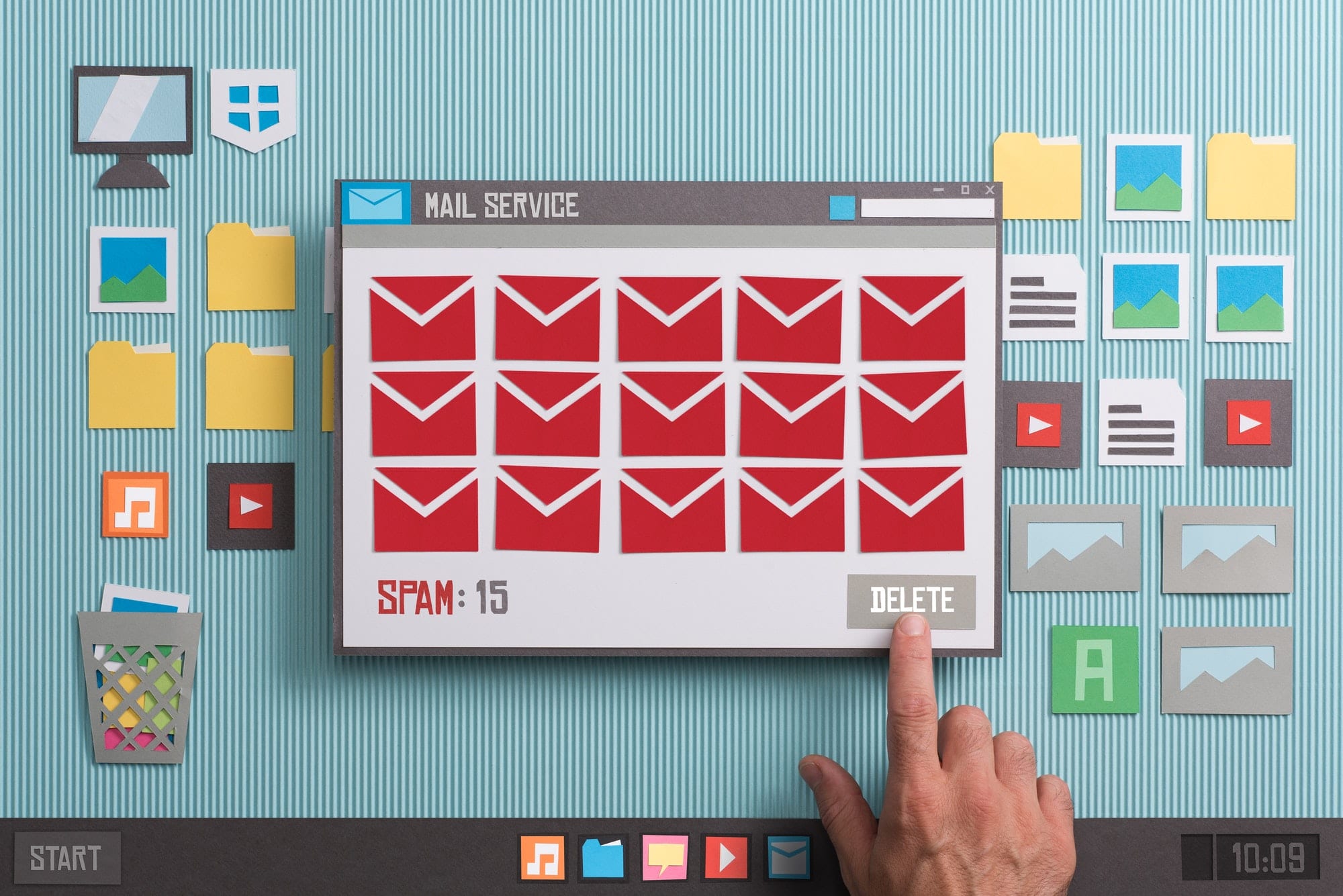Email marketing seems like a simple enough concept. You write an email, send it out to your list, and wait for a small percentage of those emails to get opened, clicked, and acted on… right?
Wrong. This misconception is exactly why I’ve been seeing tons of articles lately deeming email marketing to be “dead“. An “out of business” entity as if it were the blockbuster of the marketing world.
But here’s the thing… blockbuster didn’t just go out of business, and neither will traditional email marketing. A better, innovative, more dynamic, and more efficient service took its place (ahem, Netflix).
So what’s the Netflix of email marketing? Marketing automation.
Couple this with strategic targeting and predictive analysis, and you’ve got an incredibly efficient system that will take way less work from you and give you WAY better results.
What is traditional email marketing and why doesn’t it (always) work?
Traditional email marketing is when you have something you want to say to a certain group of people, and you send them one or multiple emails to get that point across. It’s a “here and now” kind of thing.
This is what we call a standard “campaign”.
Now don’t get me wrong, campaigns will always be important for things like special events, seasonal sales, and newsletters. But they should absolutely NOT make up more than 50% of your email marketing efforts.
When done correctly (and only during the right situations), email campaigns CAN be fairly effective. In fact, the holiday campaigns that we ran for clients this year yielded an average 25% increase in sales during that time period.
Not too shabby. But the problem is that you can’t run campaigns every day of the week. You can’t jam your services down people’s throats, show them your reviews time and time again, and you definitely can’t offer 25% off Monday through Friday and expect to make a profit.
On the other hand, how are you going to keep your customers engaged if you’re not sending campaigns all the time?
(Trumpets) Duh duuh duh DUUH! By triggering automated email “flows” based on your customers (or potential customers) actions.
Your entire email list doesn’t want 5 emails from you a week, BUT… if someone has just viewed a product on your website, read one of your blog posts, or followed you on Instagram, they might not mind getting an email from you 4 hours later about exactly the thing they were interested in.
Oh, and the conversion rate? Exponentially higher.
What is marketing automation
Marketing automation is a fairly broad term referring to systems that automate marketing tasks. To better specify what I’m talking about in this post, I’ll give two examples, one for service and one for e-commerce.
Let’s start with service, like hosting an event for potential clients. Based on your marketing list, your website, your leads, etc., here are just a FEW examples of things you can do with marketing automation:
WHEN: someone looks at a certain session page, but doesn’t sign up to attend
THEN: 4 hours later they get an email from the speaker of that session inviting them to attend the event
WHEN: someone registers for the event
THEN: they get an automated sequence containing a confirmation email, event info email, “invite your friends” incentive email, etc. all at the appropriate intervals
WHEN: someone signs up for a specific sponsored session
THEN: they get an email from the sponsor of that session (this will make your sponsors VERY happy if you have them!)
Pretty cool, huh? But what about something like e-commerce. What can we use marketing automation for then? Here are just a few examples:
- Abandoned cart sequence
- Browse abandonment sequence
- order confirmation
- Post-order review request
- Post-review thank you sequence
- Re-engagement sequence for idle customers
…the list goes on and on.
What I’m specifically talking about in this article is using marketing automation systems to effectively retarget and re-engage potential customers or clients in just the right way at just the right times… without lifting a finger.
Yes, these systems take some time to set up. And you DEFINITELY have to know what you’re doing to get one in place… but is it worth it? Oh. Yeah.
Why does marketing automation work?
While campaigns can be effective, email flows triggered by action (or inaction) can have a MUCH higher conversion rate.
Using flows through marketing automation works for these main reasons: It’s way less work on the part of the business, and It engages customers in the right way at the right time without annoyingly bombarding their inbox.
It can also save you from having to run too many campaigns and promotions. If you can get someone to pay full price, why offer them 25% off every other month?
How to set up a marketing automation system
My suggestion would be to use a system like Klaviyo for e-commerce businesses, or Hubspot for service-based businesses.
From that point, you’ll need to have someone in your corner who really knows what they’re doing and can help you along the way.
If you’re a marketing person, this could come pretty naturally to you, although if you’ve never done marketing automation before I would suggest grabbing some popcorn and hunkering down for a few hours of how-to videos and online tutorials to make sure you get it right.
If you’re NOT a marketing person, or you just want to make sure you get this right, I might know a company or two that could help you out… (ahem, Imagix Creative, ahem).
Feel free to reach out to me at caroline@imagixcreative.com if you have any questions or would like to set up a discovery call to see if we would be a good fit to help you out on your marketing automation journey!
